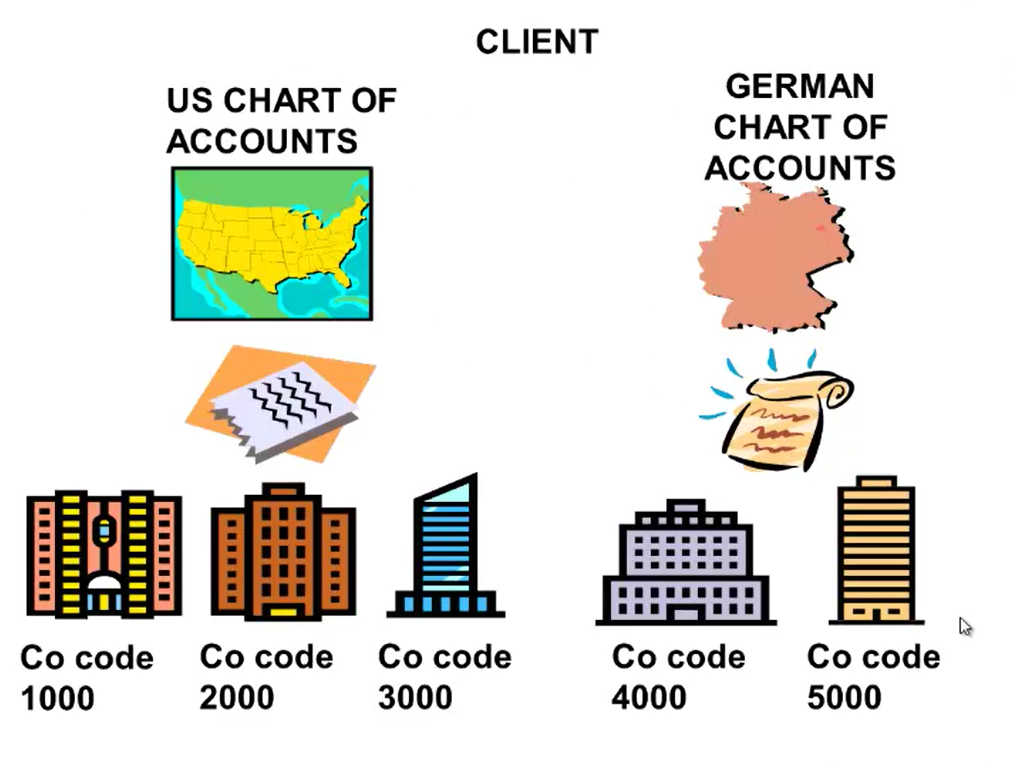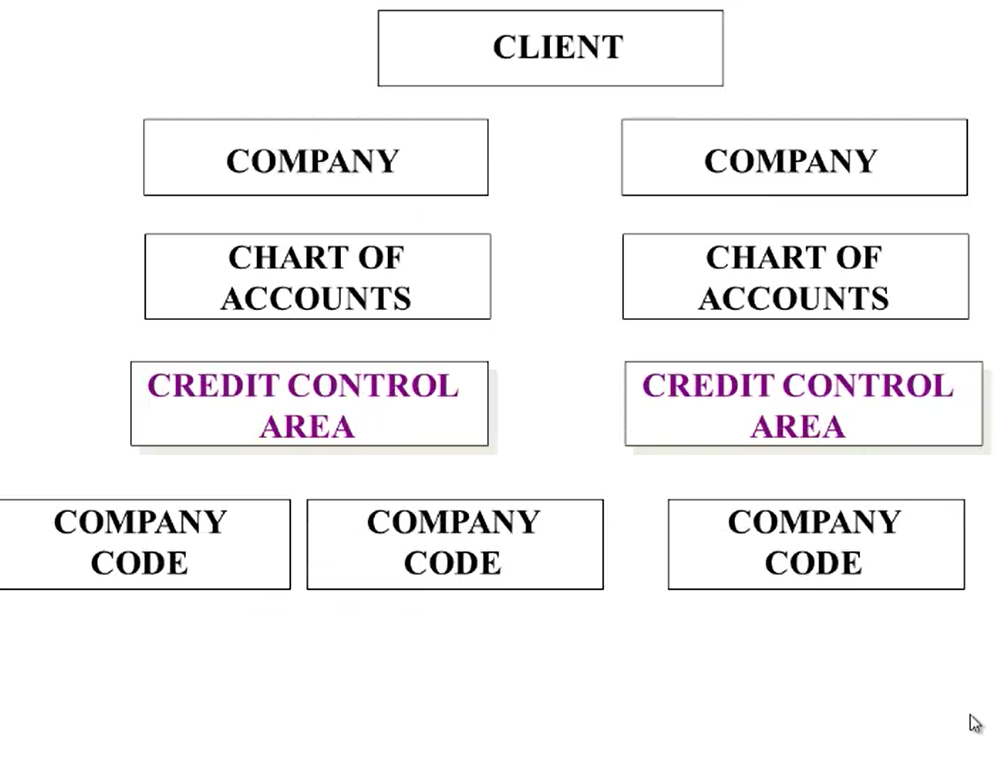
Chart of Accounts and Other Organizational Units in SAP FICO
Chart of Accounts (CoA)
The Chart of Accounts (CoA) is the foundation for the General Ledger (GL) in SAP. It is a comprehensive list of all the accounts utilized in the general ledger for a given company. It is a master list that contains accounts such as assets, liabilities, equities, revenues, and expenses, which are contained in the general ledger. Financial accounting reports, including balance sheets and income statements, are prepared directly from the balances contained within the GL accounts defined in the CoA.
Thank you for reading this post, don't forget to subscribe!A chart of accounts must be assigned to every company code to create a general ledger for that company. Several company codes can use the same chart of accounts, and a different chart of accounts can be used if a different grouping of the chart of accounts is required.
Managing Multiple Charts of Accounts
Let’s consider a scenario where a client operates in both the US and Germany, and maintains separate Charts of Accounts for each region:

- US Chart of Accounts: Assigned to company codes 1000, 2000, and 3000
- German Chart of Accounts: Assigned to company codes 4000 and 5000
Company Code
A company code is a required structure and a legally independent entity. It is the smallest organizational unit for which accounting can be carried out.
In a company code, we have:
- The level where business transactions are processed
- The level where accounts are managed
- The level where legal financial statements, such as the balance sheet and their income statement, are generated using the General Ledger balances.
Hence, a company code is a structure where the legal financial statements are created based on their balance sheet and income statements for all the levels using the general ledger balances. A company code is basically called a balanced set of books, where all the records of the financial statements are maintained.
Credit Control Area
Before a company code is set up, we must maintain a credit control area. A credit control area is an organizational unit or area of responsibility created to control customer credit limits.
Features of a Controlling Area include:
- A company code is assigned to one and only one credit control area
- Multiple company codes can be assigned to one credit control area
- Similar to how banks set spending limits for debit and credit cards, in the SAP finance model, we have credit control limits for a particular company’s financial reporting.
Controlling Area
A controlling area is an organizational unit that defines the company’s cost or managerial accounting operations.
Features of a Controlling Area include:
- A company code is assigned to one and only one controlling area
- A controlling area can have multiple company codes assigned to it. This allows cross-company cost allocations and reporting.
Fiscal Year Variant
A fiscal year Variant determines the fiscal year. It specifies the period within a financial year, whether it aligns with the calendar year or follows a non-calendar year structure. A fiscal year report is created at the end of the fiscal year.
Features of a Fiscal Year Variant include:
- It defines the start and end dates of the accounting year
- It allows the use of a special period to aid in the quarterly or year-end adjusting process, completed before preparing the financial statements
- A single fiscal year variant is assigned to each company code
Conclusion
In summary, the SAP organizational structure begins at the client level, down to the company level. Within the company, we have explored the chart of accounts and company codes. We have also seen that company codes are assigned to credit control areas and controlling areas to ensure proper financial reporting. Additionally, we have discussed the fiscal year variant, which is assigned to the company code to define the financial year and for preparing the financial statements at the fiscal year-end.

